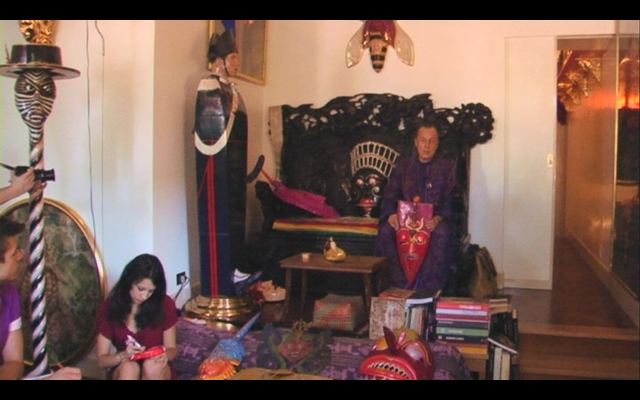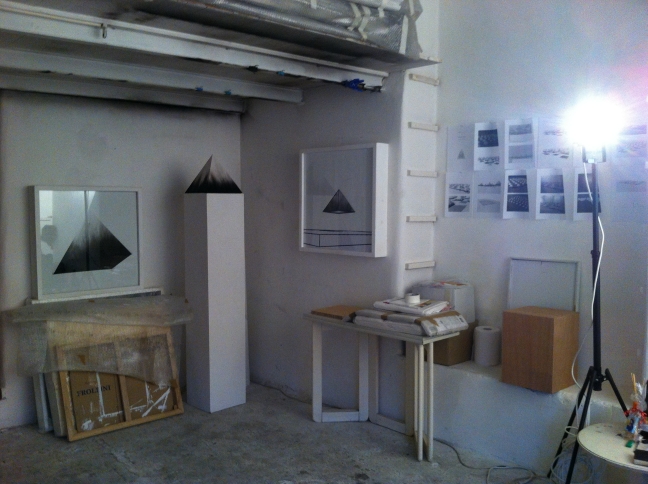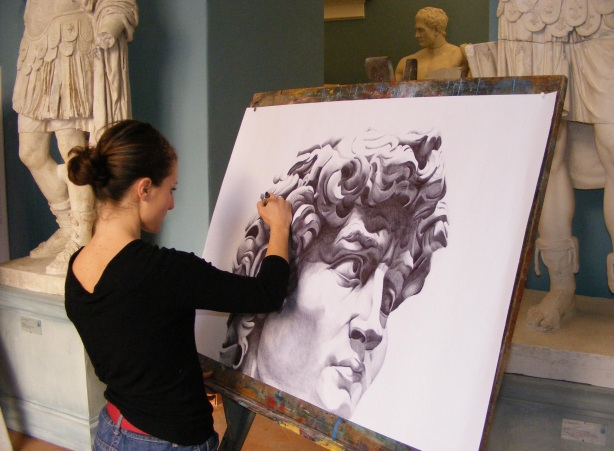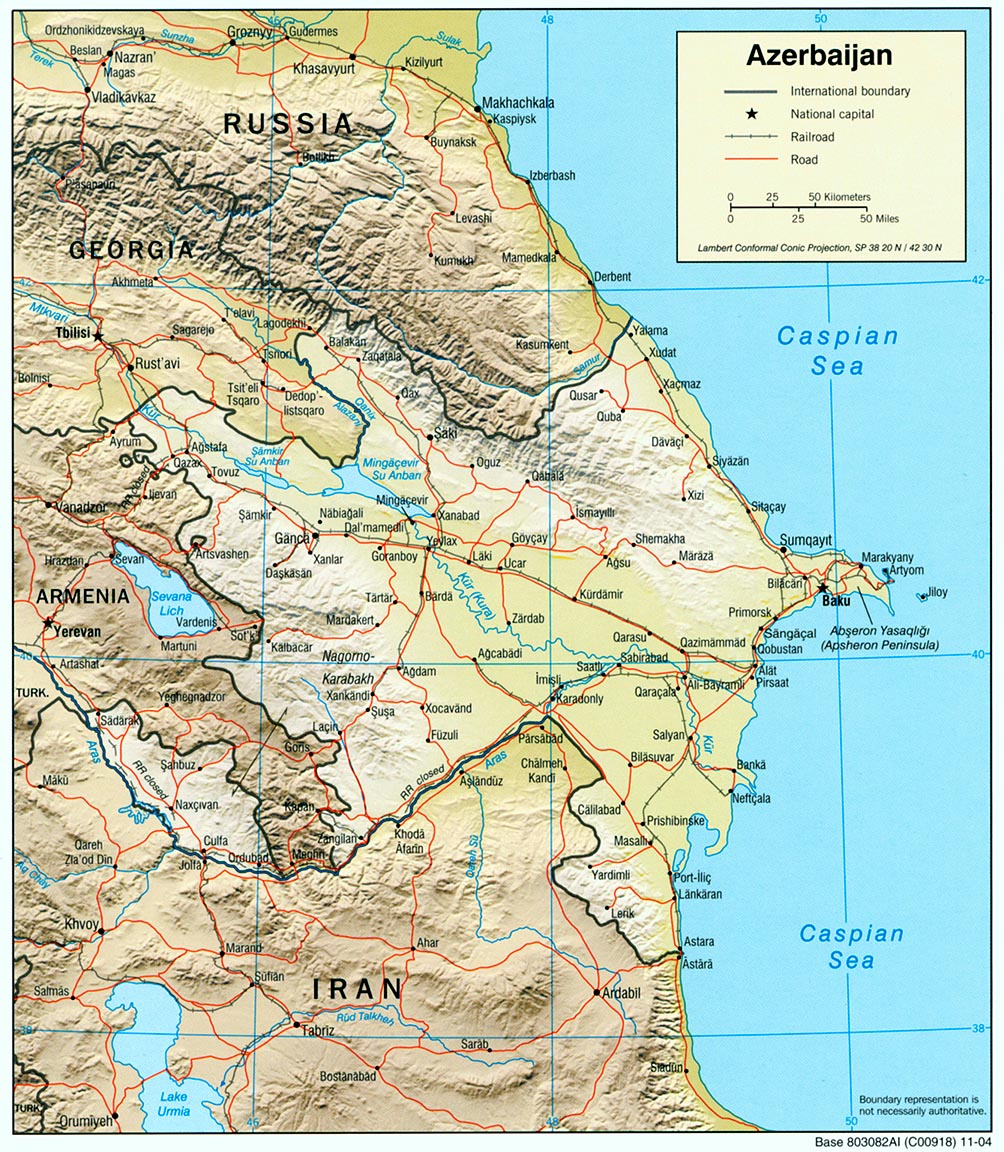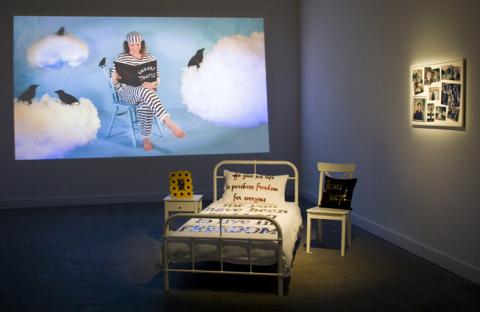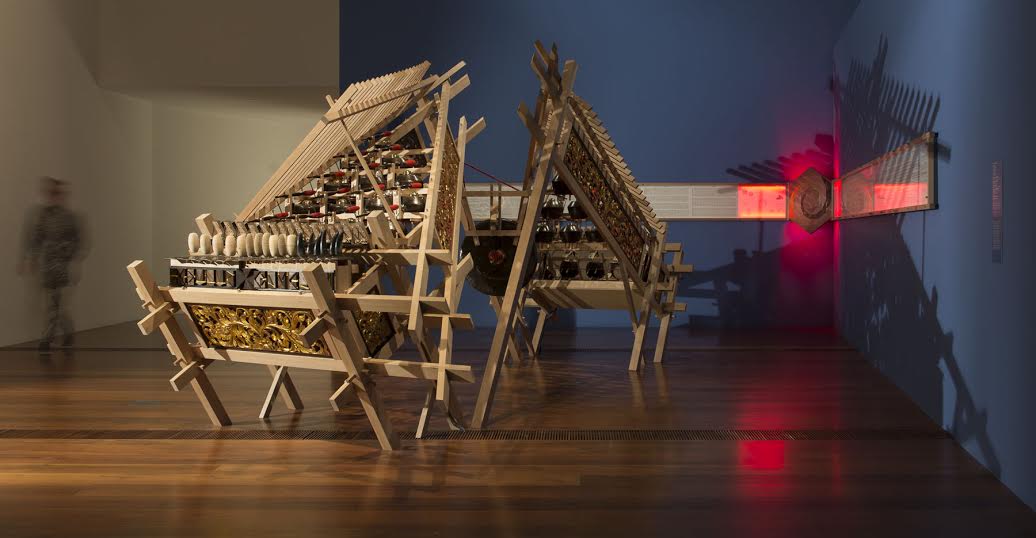
What the National Gallery of Victoria is trying to do with the Melbourne Now exhibition is to define the identity of Melbourne through its cultural practices, with a special focus on contemporary art.
I’m in Italy now, ironically writing my book about emerging artists in Melbourne, so I couldn’t visit the exhibition. Luckily my Australian friends and the artists that I have interviewed always keep me updated.
Some time ago I got a mail from artist Danius Kesminas, who told me about his new project with Slave Pianos for Melbourne Now, called Gamelan sisters (Sedulur gamelan). I posted some images, which gives you the feeling of this evocative machinery. On Slave Pianos’ website I find more information about it:
“Sedulur Gamelan (Gamelan Sisters) consists of two interlocking wooden structures that reconfigure elements of traditional Javanese architecture through the De Stijl philosophical principles of neoplasticism to create an abstraction of an 18th century double grand piano.
Read More